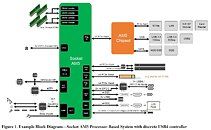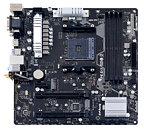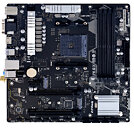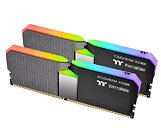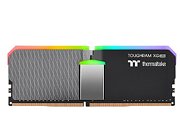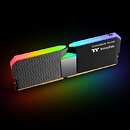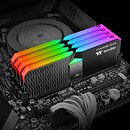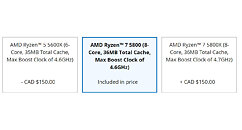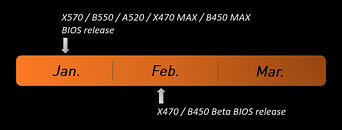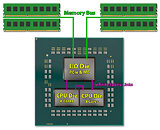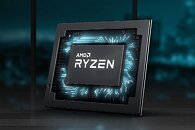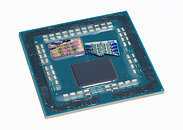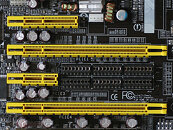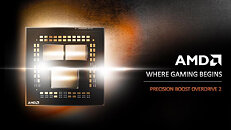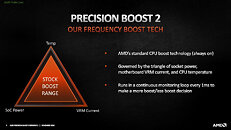
AMD Readies Ryzen 5000XT Line of Socket AM4 Processors
AMD Socket AM4 platform gets yet another lease of life, as the company is planning another round of processor models for the platform. This was revealed by AMD in a meeting with its channel partners as part of the AMD Advantage Club event. The Ryzen 5000XT line of desktop Socket AM4 processors will be modeled along the Ryzen 3000XT series that formed the company's final refresh of the Ryzen 3000 "Zen 2" family before it launched the Ryzen 5000 series. The 3000XT series were criticized for being mere 100-200 MHz speed bumps that didn't offer tangible benefits over the parts they were replacing from the stack, but merely being a means for AMD to restore its presence at certain price-points. It remains to be seen what the 5000XT series looks like. In all likelihood, these will continue to be speed-bumps of the Ryzen 5000 "Vermeer" processors; but at attractive price-points. The slide revealing the 5000XT series also reveals two new SKUs—the Ryzen 7 8700F, and the Ryzen 5 8400F. Both are likely to be based on the 4 nm "Hawk Point" monolithic silicon, but with their iGPUs disabled.




















